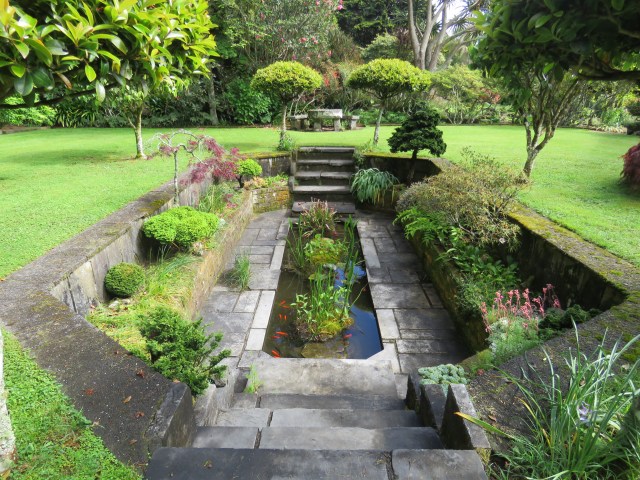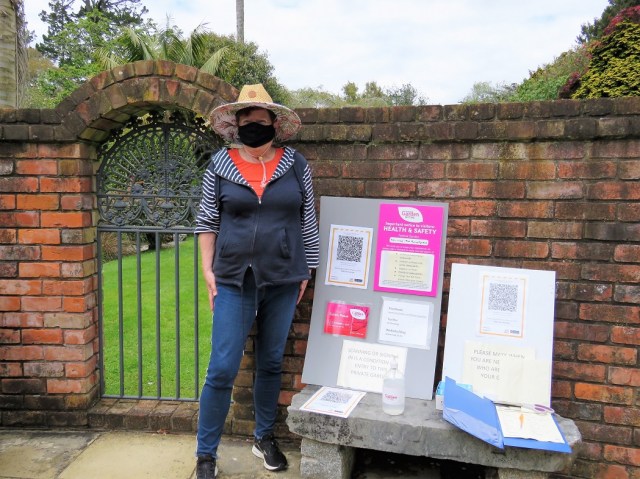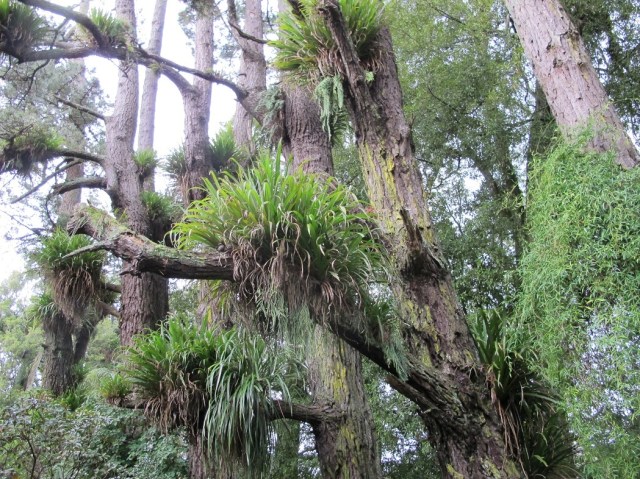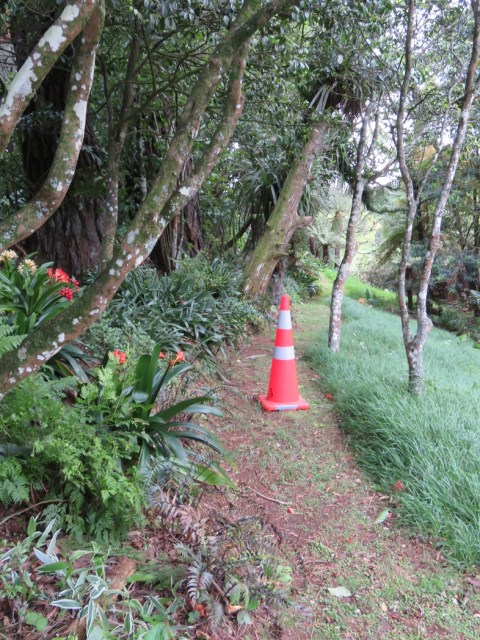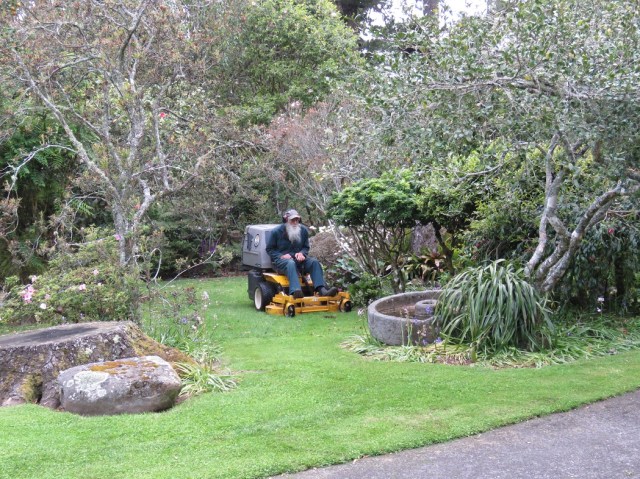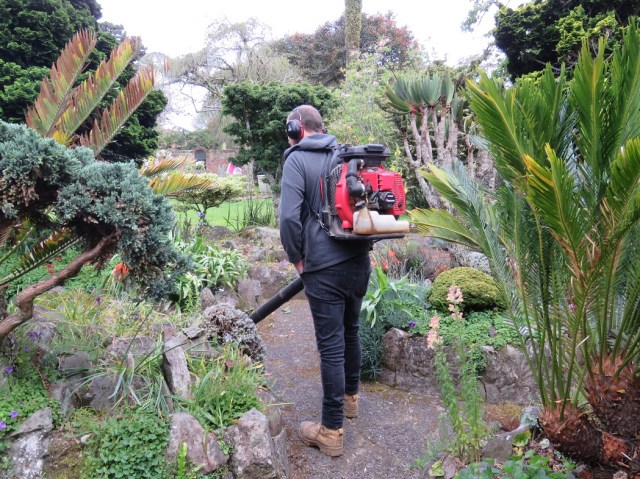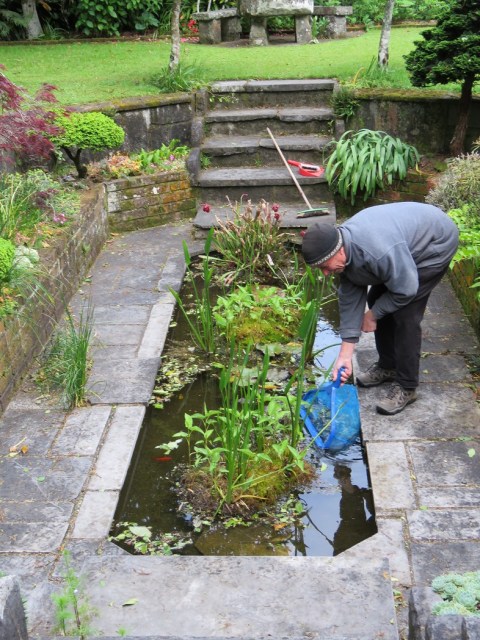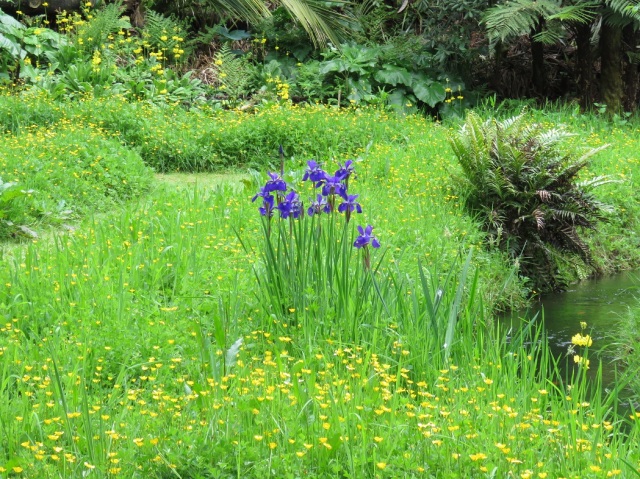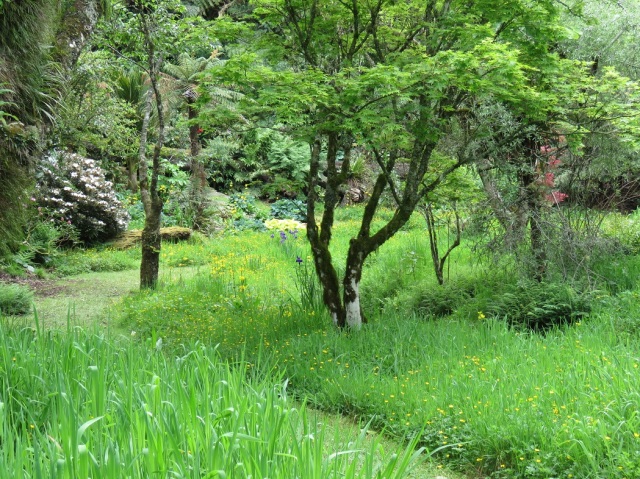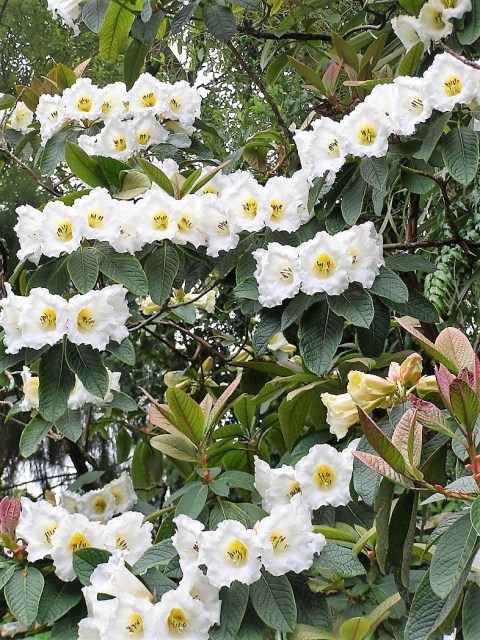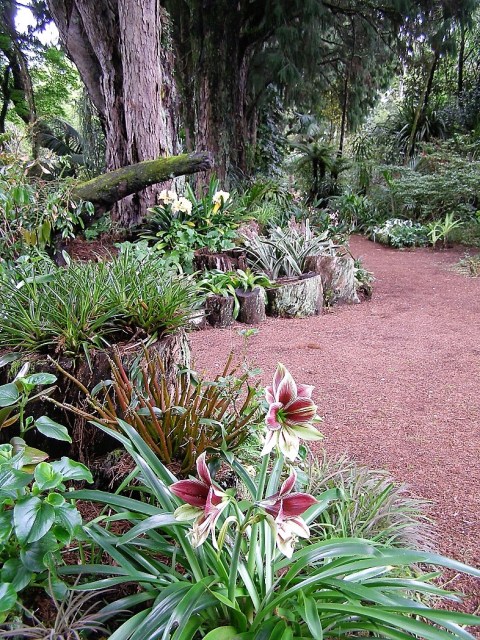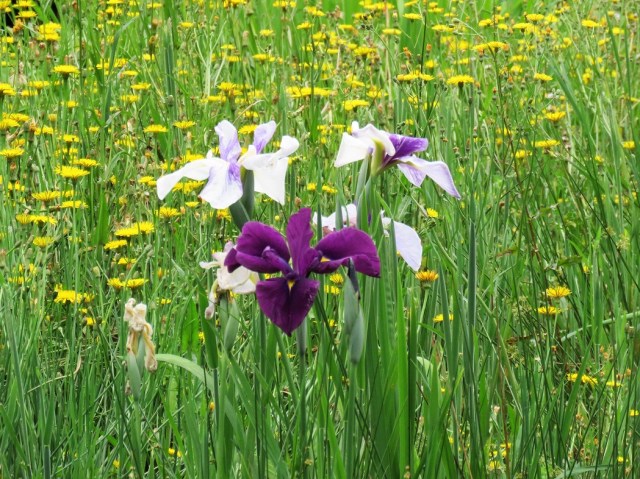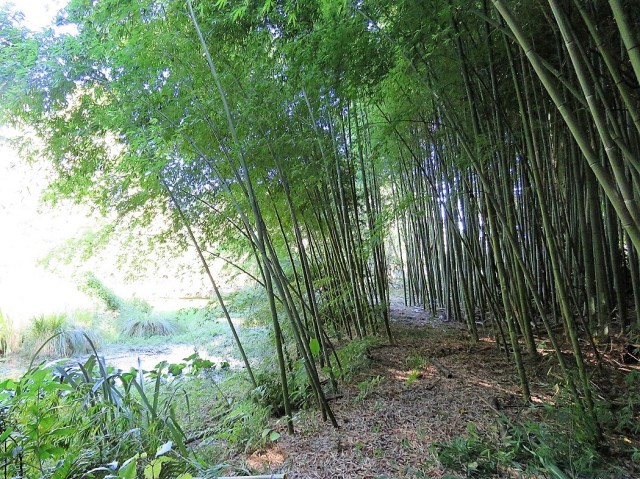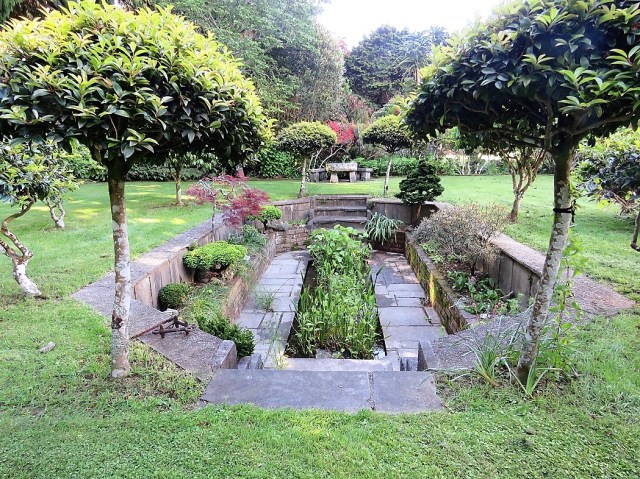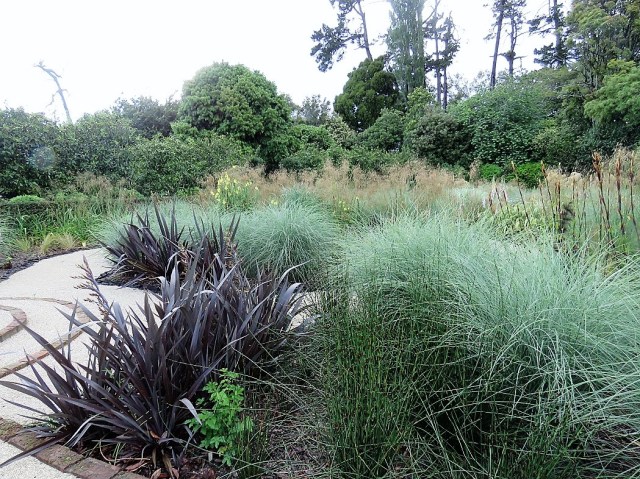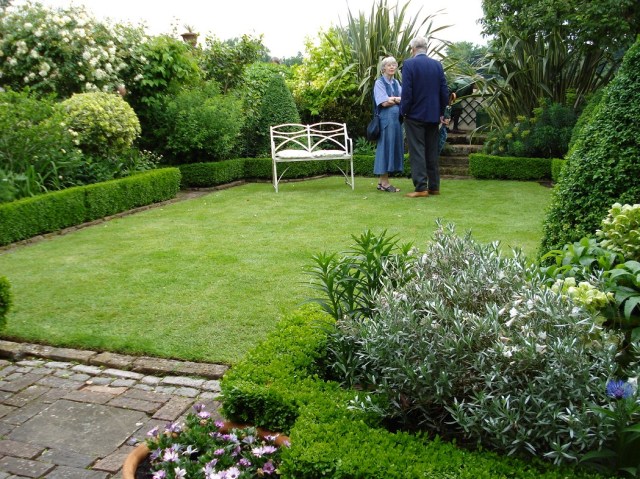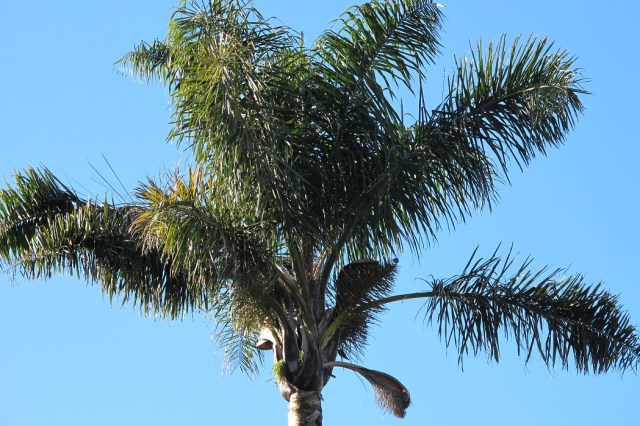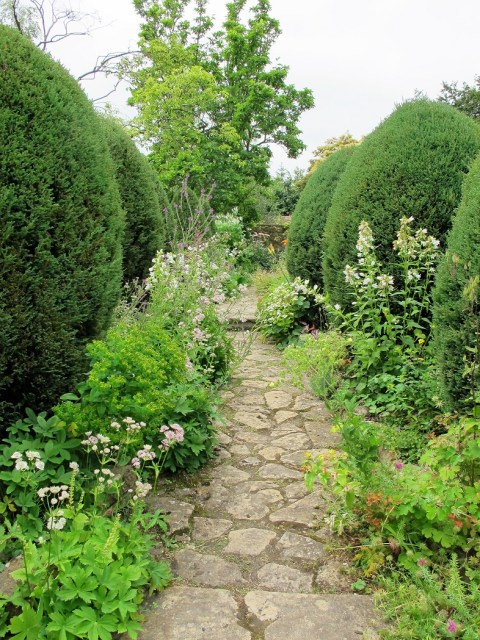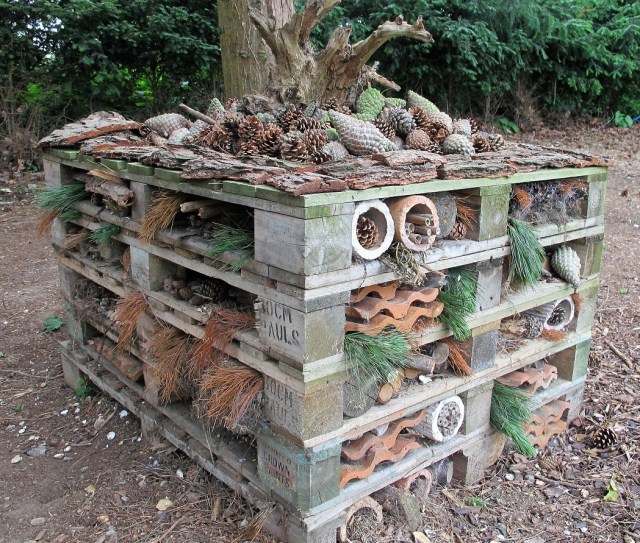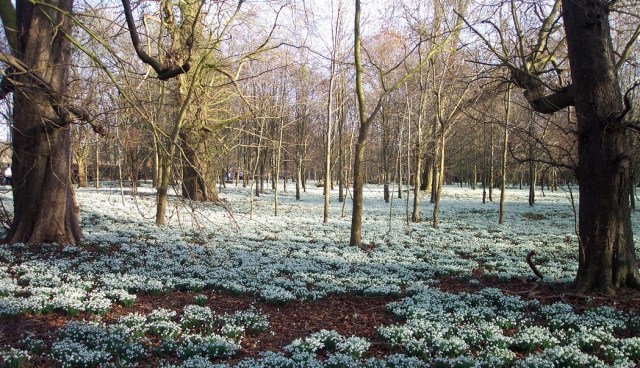First published in the November issue of Woman magazine. Ironically, two weeks after writing this (which, with magazine deadlines, was in September), I realised that we were done with opening the garden to the public. That was why we then announced that the garden festival just passed would be our last.

We do great spring gardens in Aotearoa New Zealand. Notwithstanding the usual moaning about the weather, this is a country with a mild, temperate climate, lacking extremes of temperature. We drift so gradually between seasons that our spring season extends to a long period. Magnolias, flowering cherries, daffodils, irises, early roses and much, much more – our springs are a froth of bloom. It is no coincidence that spring is the main season for garden festivals and garden visiting.
Maybe you have been thinking you would like to open your garden, to share the results of your dedicated efforts.

There are various reasons for opening your garden but making money is not likely to be a viable option, at least not in Aotearoa. We simply don’t have high enough visitor numbers. Most open gardens in this country will get numbers in the low hundreds to the low thousands. To be financially viable, you would need to be in the high tens of thousands and that is a whole different ball game.
Location affects visitor numbers a great deal and gardens on the tourist circuit will get higher numbers but that is also dependent on good access, excellent signage and convenient parking.
Gardens with added attractions appeal to wider cross section of the potential visitor market. Not many of us can manage a castle in a spectacular setting (here’s looking at you, Larnach’s Castle). A café or plant nursery helps but it is rare to find a place where the café or other attraction and the garden are of equally high standard.

There are plenty of gardens that host events in an effort to build visitor numbers and generate income but this is not a track we have chosen to go down. My gardening and life partner, Mark, has never wanted a bar of events. As far as he is concerned, he only welcomes visitors if they want to see the garden, not because it is a venue. I flirted with a few weddings while Mark hid out of sight in his vegetable garden, quietly pretending there was nothing going on. Encountering not one but two Bridezillas put me off for life. I remember thinking of one, “Lady, you are not paying me anywhere near enough to treat me like the hired help in my own garden while you pose for wedding photographs in front of my house.”
Some level of catering, perhaps? Been there, done that. It added extra work and stress but was generally manageable until the rise to prominence of not just vegetarian options but also vegan, gluten-free, dairy-free, keto and goodness knows what else. The general public have become awfully picky eaters in recent times.

Some people open for charity and that is a laudable position, given how much work it takes to get a garden to opening standard. Some open to support an event or festival. Some may be driven by ego alone but, let’s be honest, we all want visitors to come and enjoy our place, to admire our efforts, maybe to be impressed by what we are doing, certainly to share the pleasure we find in our own garden. It can be a very affirming experience and that is the main reason we still open.
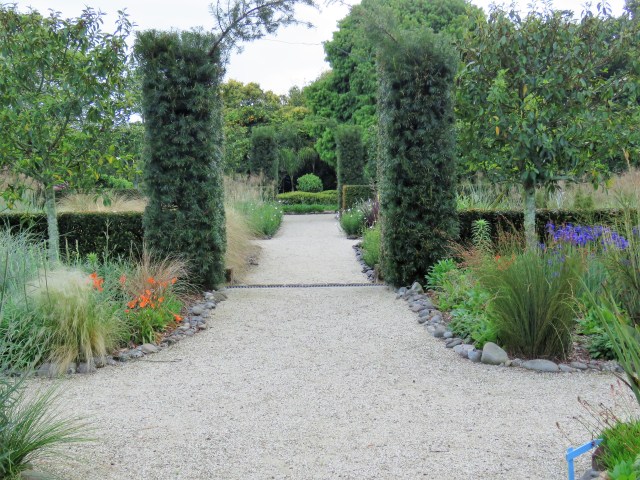
We first opened 35 years ago, which seems like an eternity. Initially we kept it to the 10 days of what was then called the Taranaki Rhododendron Festival (now the Centuria Taranaki Garden Festival and currently going stronger than ever). They were different times – simpler, more amateurish and visitor expectations were a lot lower than they are today. Mind you, most garden visitors expected free entry, too.
Bowing to pressure, we gradually extended our open times to eight months of the year.
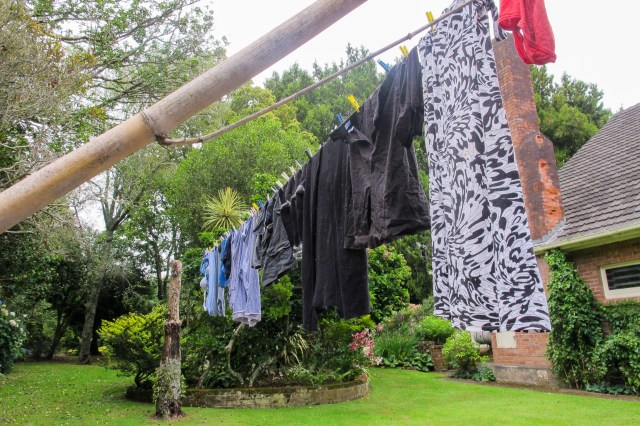
It changes the way you look at your garden. You start looking more critically, as though through the eyes of the garden visitor. It also changes the way you manage a garden, trying to keep standards up all the time but without the staff that maintain publicly owned gardens. It even affects when you can peg your washing on the line (never in busy times or when tours are booked – at least not if you have a prominent washing line, as we do). When you are a private garden, it is not just the garden you are opening; there is a certain amount of presentation of a desirable lifestyle that goes with it. I have noticed a growing tendency in recent years to ‘dress’ or stage gardens in the manner of staging real estate.

After 25 years we had had enough and visitor numbers had fallen away, except for the 10 day festival period. We closed the garden entirely for 7 years, using that time to carry out major work and to fall in love with our own place again. We didn’t garden less, we just gardened differently.


Nowadays we only open for the garden festival. That is our half way compromise. It still governs how we garden for maybe half the year but the other half is ours, all ours. As an aside, it takes almost as much work to prepare a garden for a single tour group or a one-day event as it does to open for a more extended period. Do not be lulled into the thought that it will be much easier if the time length is short.
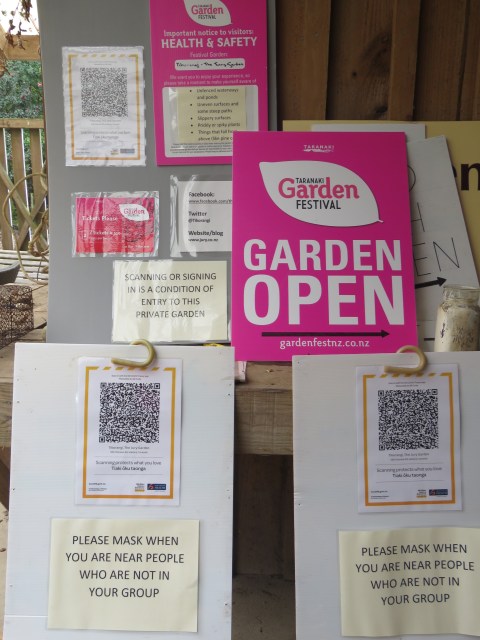
When we re-opened in November 2020, we were not sure how we would feel and we certainly did not anticipate the impact of being in a Covid-free country with closed borders and a population suffering from cabin fever. Visitor numbers were three times higher than we expected.
Last year’s festival threatened to be a huge disappointment as Auckland and large parts of the Waikato went into lockdown and tour groups cancelled left, right and centre but numbers held at a reasonable level, given the extraordinary situation. Opening in Covid times has certainly added layers of challenge.

When we reopened, friends came to help. I joked that for once Mark and I would be able to swan around, being gracious hosts. Ha! Chance would be a fine thing. All I can say is that I seem to spend a lot of my time worrying about carparking and clean toilets and much less time being the gracious host. You haven’t lived until the septic tank servicing the loos fails on a day when you have over 450 visitors on the property. I am hoping not to repeat that experience. A poocalypse, we called it at the time.
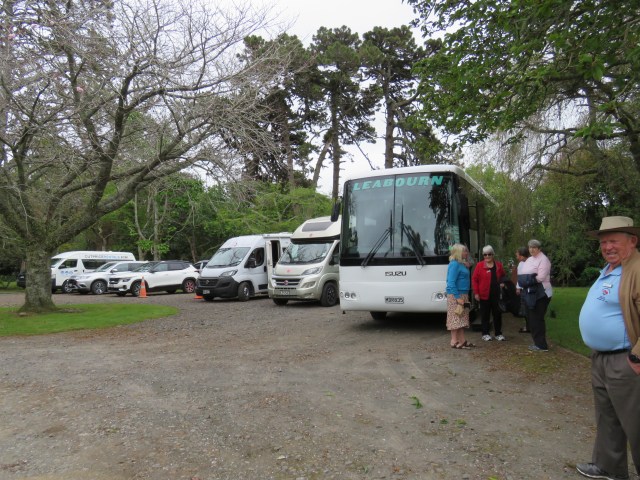
Don’t even ask about carparking. I know more about the vagaries of drivers and parking than I need to. We still laugh, however, at the benighted but not de-knighted former Cabinet minister who visited. “It is just like Sissinghurst,” he declared as he entered. Having been to Sissinghurst ourselves, we knew that he was referring to the challenge of finding a carpark at a busy time.
I have often said that 99 out of every 100 garden visitors are perfectly pleasant, courteous and appreciative people. The 100th is not. In discussion here, we agreed that it is more like one in 500 who is not. When garden openers gather after an event, conversation often turns to the 500th visitor. We all remember them. In fact, we sometimes compare notes to see if it is the very same person. Years later, we still remember them – which is probably an indicator of how few unpleasant garden visitors there are. But if you are out and about visiting gardens, don’t be the 500th visitor. Maybe stay home instead of wilfully ruining somebody else’s day.
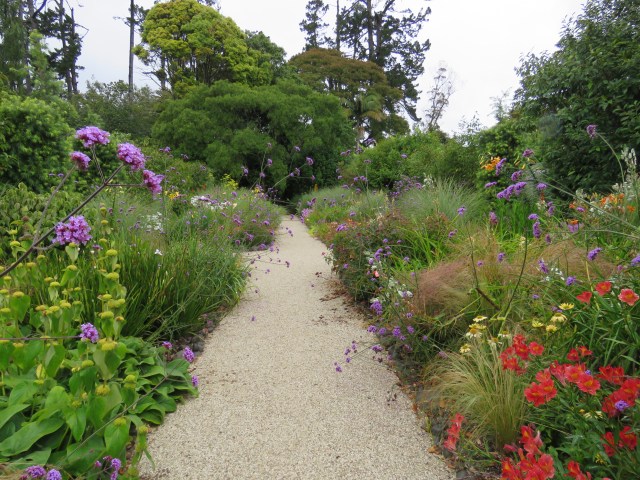
It should also go without saying that visitor books are solely there for garden visitors to write something positive, or at least pleasant. Manners matter, m’dear. If you have nothing nice to say, then don’t say anything at all – at least not in the visitor book and probably not in on-line reviews, unless you have already made your complaint or criticism in person to the garden owner. I am all for keeping standards, decorum and courtesy in the somewhat rarefied world of garden visiting.
The definitive word comes from my Mark who, when we were considering reopening, said, “You don’t garden on this scale without wanting to share it with others”. At least we agree that ten days a year is quite enough for us now.
